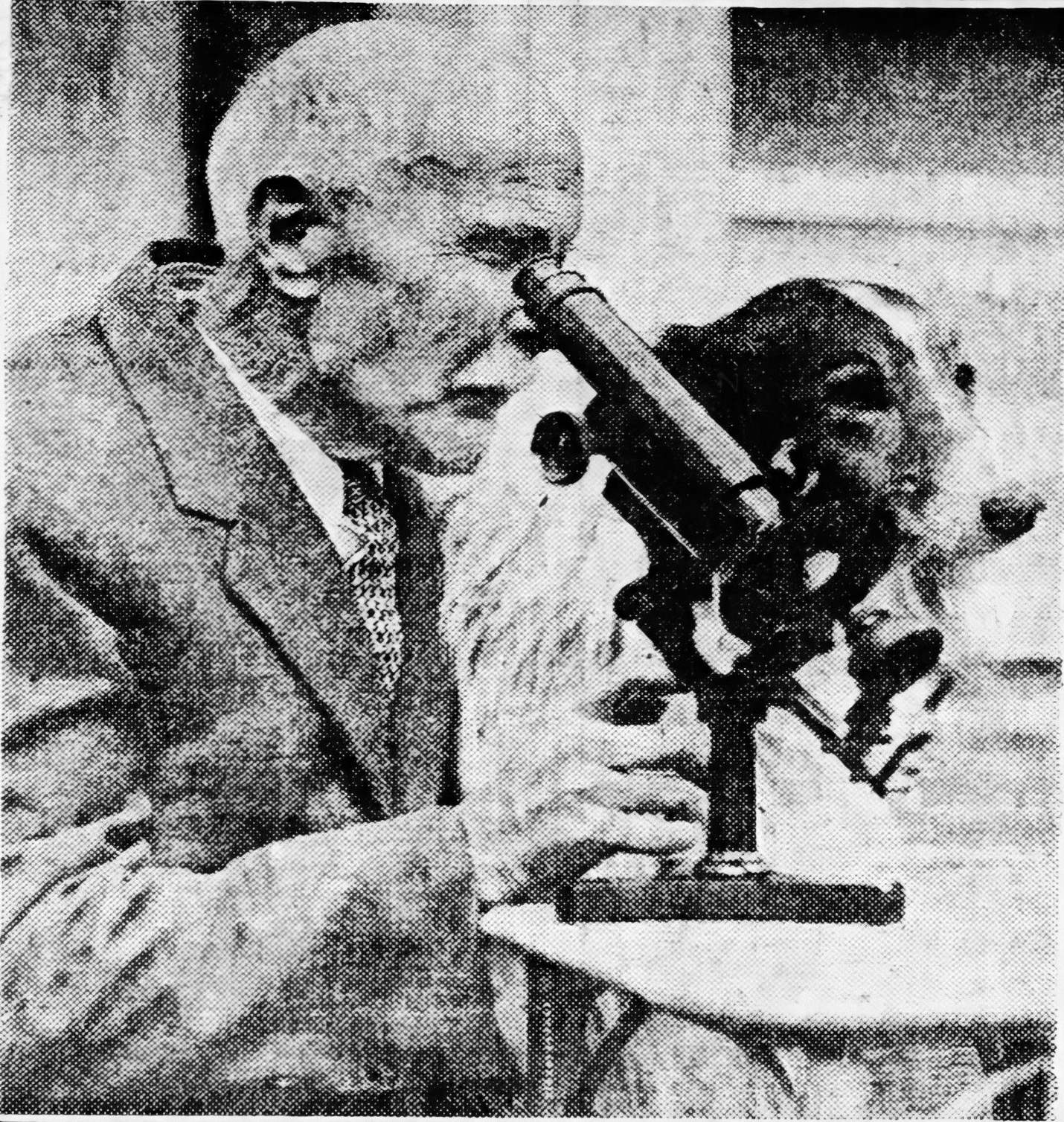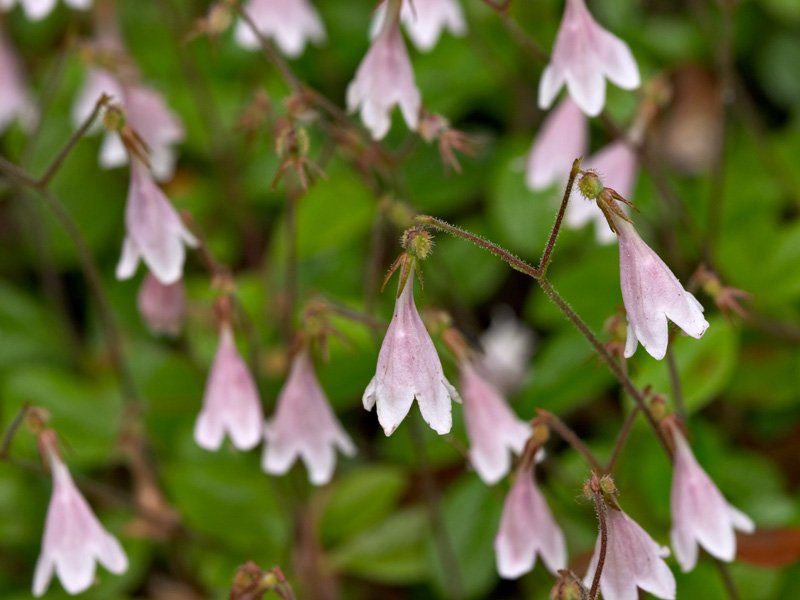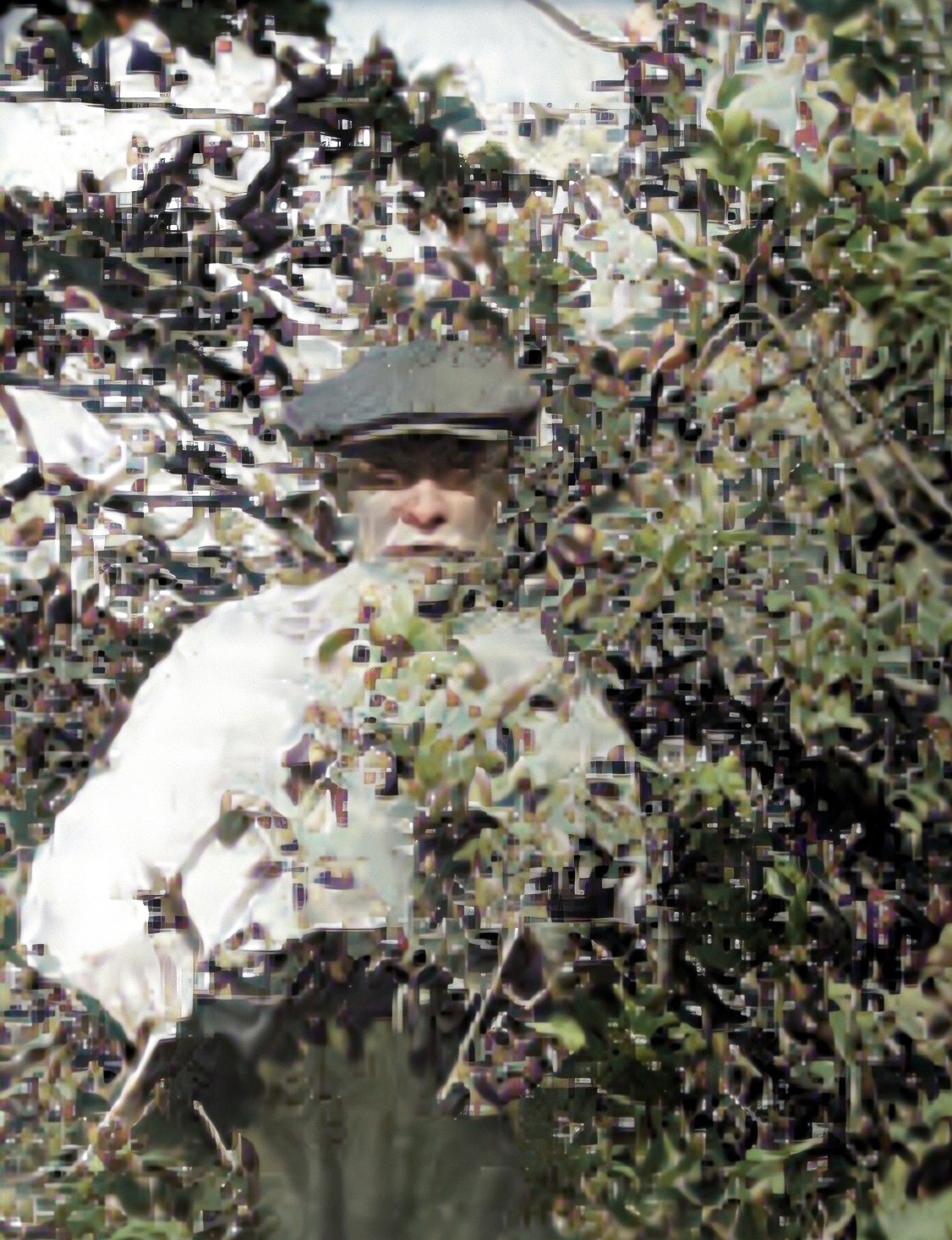Fort Worth’s First Botanist, Albert Ruth, and His Mysterious Twinflower Discovery
"Dr. Sharp knew it was NOT a Patridge Berry when he saw the specimen.
It was obviously mislabeled.
Sharp knew the specimen was a twinflower, the flower named for Carl Linnaeus, the Linnea Borealis - an extremely delicate plant."
August 13, 1892
On this day, the botanist Albert Ruth collected a plant in Sevier County that he thought was Partridge Berry.
Over 40 years later, this specimen ended up at the University of Tennessee.
In 1934, the University of Tennessee’s herbarium was destroyed in a fire, which was especially sad since the herbarium was par excellence and contained over 30,000 specimens.
The botanist and university professor AJ Sharp rose to the challenge.
He put out the call for new specimens from botanists all over the globe, and they sent them.
This is how Albert Ruth's Partridge Berry made its way to Dr. Sharp.
Dr. Sharp knew it was NOT a Patridge Berry when he saw the specimen. It was obviously mislabeled.
Sharp knew the specimen was a twinflower, the flower named for Carl Linnaeus, the Linnea Borealis – an extremely delicate plant.
Although the Twinflower can be found in Greenland, Alaska, and Scandinavia, it has never been found in the Smoky Mountains.
Since Albert Ruth's submission, no one has ever found the spot where Ruth found this Twinflower.
Dr. Peter White has led two attempts to locate it from the University of North Carolina.
Dr. Peter White cautions that anyone attempting to search for the Twinflower in the Great Smoky Mountains requires two essential prerequisites: excellent rock climbing experience and a great life insurance policy.
This post was featured onThe Daily Gardener podcast:
helping gardeners find their roots,
one story at a time








